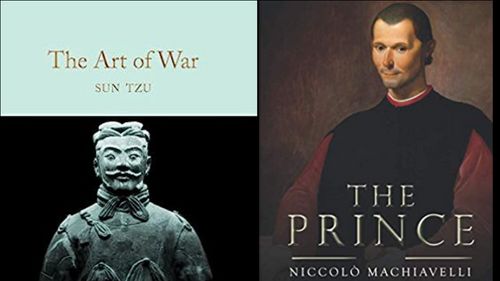Sun Tzu's Art of War – 2,000 Years Older Than Machiavelli... and Better?
Jul 14, 2023 · 2 mins read
0
Share

Long before Rome began its spread into northern Europe, Chinese rulers had already built the Great Wall of China.
Save
Share
Constant fighting between feudal states and dynasties, plus the need to defend borders from invaders, gave China ancient experience in war strategy and methods.
Save
Share
The Art of War is one of the Seven Military Classics, the canon of war manuals first collated in 11th century. Sun Tzu was asked by the king of Wu, Ho Lu, to compose a work encapsulating his warrior wisdom.
Save
Share
Sun Tzu, or Sun Wu, was born 544 BC. He was from Qi (now Shandong province) and a contemporary of Confucius during the ‘Spring and Autumn’ period. China was essentially a collection of warring states.
Save
Share
Sun Tzu’s father had been a general, and his grandfather a provincial governor. By his early 30s he was a brilliant military strategist, leading the armies of Wu (the smallest of 13 states at the time) to great victories.
Save
Share
Such ‘masters of war’ were not patriots in state armies, but professional strategists always changing their employer. This independence and objectivity were the source of their wisdom and prowess.
Save
Share
As European rulers would much later use Machiavelli’s The Prince for inspiration, the Chinese king Qin Shi Huang adopted Sun Tzu’s principles to unite China. Centuries later Chairman Mao would draw on it for a similar purpose.
Save
Share
The Art of War transcends its original time and place. The Sonshi (or Sun Tzu) as it is known in Japan, was brought there as early as the 8th century, and later played an important role in Japan’s unification.
Save
Share
It was core reading for Napoleon in his European conquests. American generals Douglas MacArthur and Norman Schwarzkopf, and the Vietnamese general Vo Nguyen Giap, each noted their debt to the book.
Save
Share
But until little more than a century ago, in the West The Art of War was unknown. The first European translation was in 1782 from a French Jesuit priest living in China, Joseph Amiot. Only in 1905 did the first English translation appeared, from EF Calthrop.
Save
Share
0